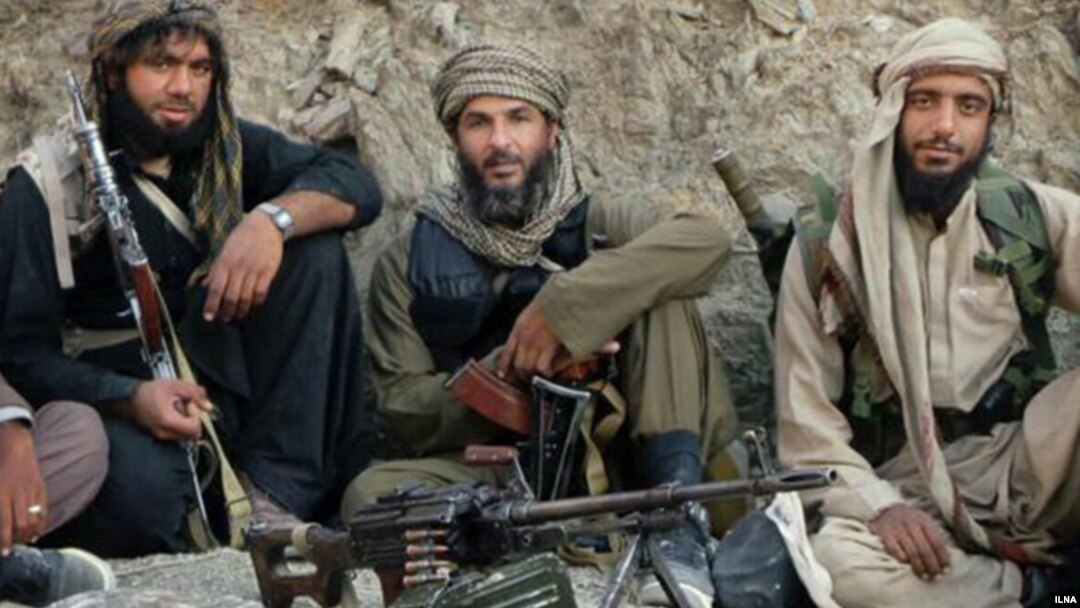At least five Iranian law enforcement officers were killed in clashes with the Jaish al-Adl militant group in the southeastern province of Sistan-Baluchistan amid a surge of violence across the restive region.
The state-run IRNA news agency reported on April 9 that along with the death of the five officers, the confrontation left several wounded. The agency added that Jaish al-Adl claimed responsibility for the attack.
The Telegram channel of the Baluch Activists Campaign and Haalvsh said the armed confrontation followed an attack on three military vehicles in the cities of Sib and Suran.
The Tasnim news agency, which is close to the Islamic Revolutionary Guards Corps, has put the death toll of law enforcement personnel at six.
Sib and Suran, the location of the clash, is situated in the southeast of Iran bordering Pakistan, a region that has been troubled by insurgency and cross-border violence. It has seen an uptick in recent weeks, with a surge of assaults on military and law enforcement sites leading to the deaths of dozens of individuals.
Jaish al-Adl said in a statement it was responsible for the incident, claiming it targeted "an operational intelligence unit along with special forces." The group has been declared a terrorist organization by Iran and several Western countries, including the United States, due to its militant opposition to the Iranian government.
According to the Baluch Activists Campaign, sources indicated that Jaish al-Adl militants used silencers during the attack to try and avoid alerting security officers in the area that a clash was taking place.
On April 4, Jaish al-Adl launched attacks in Chabahar and Rask resulting in the death of 16 military forces, one of the deadliest clashes in recent months. Local media reported the battle lasted over 14 hours and also resulted in at least 18 casualties among Jaish al-Adl members.
Members of the Baluch minority, many of whom are Sunni Muslims in Shi'ite-majority Iran, have long faced disproportionate discrimination and violence at the hands of the authorities.
The area has also long been a key transit route for narcotics smuggled from Afghanistan to the West and beyond.


